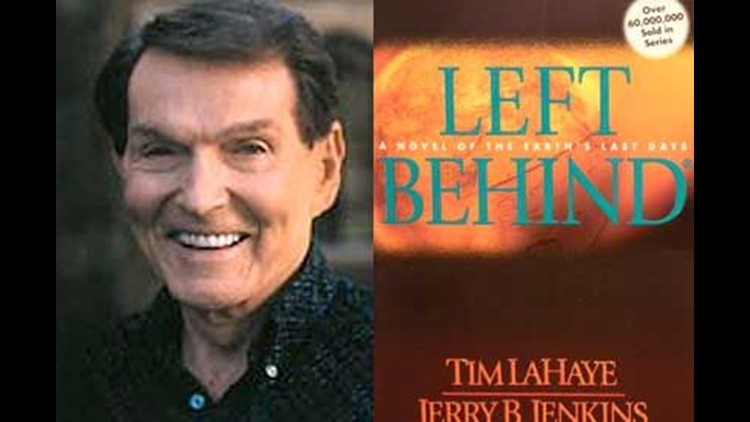
For the last couple of months I’ve been doing research as I draft a book proposal for a potential co-authored volume on the New Christian Right and Satanic Panic. The chapter I’ve been focusing on lately deals with end-times anxiety as a formative element of NCR fear, evangelistic impetus, and revenge on the ungodly. As part of my research I thankfully stumbled upon an article by Brian Froese in Direction journal titled “Monsters in the Church: Marking the Body in Evangelical Horror.” This is a wonderful piece in the most unlikely of sources. Direction has a Mennonite Brethren connection, and I never would have expected an essay acknowledging evangelicals drawing upon horror in the Left Behind book series, and then noting the importance of the body in such pieces of fiction. Here are a couple of excerpts that illustrate the author’s approach and insights:
“In this reading of body and horror in evangelical Christian end-time literature, what appears to be an evangelical preoccupation with conspiracy, international politics and finance, and foreign policy is congruent with the task of destabilizing totalizing narratives in late/post-modernity. Likewise, the often-reported evangelical fixation on the sexual practices and identities of others—even granting the power to destabilize civilization to the private life of a minority—may express not so much Victorian frigidity but rather a concern joined with a particular mythopoetic reading of the stability of the cosmos centered on bodily presentation.”
“I suggest that evangelical concepts of body in twentieth-century American end-time literature go beyond merely inscribing the body with social anxieties and place it (with those inscriptions) at the center of a final mythic cosmic drama.”
I think Froese is onto something here, and I hope to bring some of these insights into my book project in various places. There is one place where I think the author might need to rethink things from the state of affairs when this piece was published in 2010. Froese picks up on the subject of liminality and horror and writes:
“What typically sets a horror story in motion is a liminal transgression: entering a haunted house or opening a grave. In evangelical end-time horror there is no liminal transgression of this sort as the Rapture is typically the plot device that sets up the terrors of the tribulation. However, one’s own body is liminal and crossed with a satanic mark in this mythic cosmos.”
The body is indeed a liminal space in Left Behind, as well as in contemporary evangelical concerns over any number of pop culture and political areas where fears of Satanic influence are seen. But the concept of liminality should be expanded. In light of Christian nationalism so prevalent in American evangelicalism, I suggest that the body politic also represents another source for the cosmic drama to play out in the minds of the New Christian Right as individuals see themselves in conflict with demonic forces working to corrupt a sacred Christian nation.
If you want an interesting take on one of the most influential collections of evangelical horror of the last few decades, read Froese’s essay.





There are no responses yet